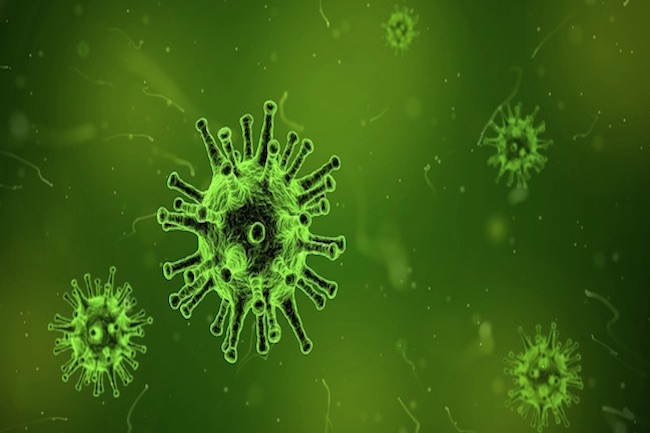Is Long-COVID the Elephant in the Room? by Dr. Joseph Mercola
STORY AT-A-GLANCE
- Long COVID refers to symptoms that persist for four or more weeks after an initial COVID-19 infection. Many are also reporting long COVID symptoms after getting the COVID shot
- Symptoms of long COVID include but are not limited to brain fog, memory problems, headaches, blurred vision, loss of smell, nerve pain, heart rate fluctuations, dramatic blood pressure swings and muscle weakness. The feeling of “internal electric shocks” are also reported
- The primary difference between post-jab long COVID and long COVID symptoms after infection is that in people who get it from the infection, early treatment was withheld and the resulting infection severe. Post-jab long COVID, on the other hand, can occur either after very mild breakthrough infection or no breakthrough infection at all
- Several different theories about the mechanisms behind long COVID are reviewed, as are treatment options
- Swiss research has found the rate of subclinical myocarditis is hundreds of times more common than clinical myocarditis after mRNA injection, and ALL mRNA shot recipients had elevated troponin levels, indicating they had some level of heart injury, even if they were asymptomatic
Long COVID, also known as long-haul COVID, chronic COVID or long-haul syndrome, refers to symptoms that persist for four or more weeks after an initial COVID-19 infection.1 However, while this condition has primarily been viewed as a side effect of the actual infection, many are reporting long COVID symptoms after getting the COVID shot as well,2 regardless of brand.
As reported by Science magazine,3 “In rare cases, coronavirus vaccines may cause long COVID-like symptoms,” which can include (but is not limited to) brain fog, memory problems, headaches, blurred vision, loss of smell, nerve pain, heart rate fluctuations, dramatic blood pressure swings and muscle weakness. The feeling of “internal electric shocks” are also reported.
The primary difference4 between post-jab long COVID and long COVID symptoms after infection is that in people who get it from the infection, early treatment was withheld and the resulting infection severe. Post-jab long COVID, on the other hand, can occur either after very mild breakthrough infection or no breakthrough infection at all.
Reluctance to Publicly Address Post-Jab Long COVID
In January 2021, National Institutes of Health researchers initiated testing and attempted treatment of patients suspected of having long COVID following their shot, but for unknown reasons the investigation petered out by the end of the year, leaving patients high and dry, without answers.5
According to Science, NIH researchers did continue their work “behind the scenes,” and other researchers, worldwide, have also started studying the phenomenon. Still, there appears to be extreme reluctance to addressing post-jab long COVID symptoms publicly. Why?
Dr. Avindra Nath, clinical director at the National Institute of Neurological Disorders and Stroke (NINDS) and the one leading the NIH’s investigation into long COVID, gives us a clue.
“Probing possible side effects presents a dilemma to researchers: They risk fomenting rejection of vaccines that are generally safe, effective, and crucial to saving lives,” Science writes.6 “‘You have to be very careful’ before tying COVID-19 vaccines to complications, Nath cautions. ‘You can make the wrong conclusion … The implications are huge.’”
In other words, it’s all about protecting the vaccine industry, which has now merged with and become the experimental gene therapy industry.
Meanwhile, the human test subjects are left to suffer — many of whom don’t even realize that they ARE test subjects. They bought the “safe and effective” and “rigorously tested” lies. In Nath’s defense, he tried to publish a case series on about 30 of these patients but medical journals refused to publish it.7
What’s Causing Long COVID?
As for the mechanisms behind long COVID, opinions vary. Research8,9 presented10 by Dr. Bruce Patterson at the International COVID Summit in Rome, in September 2021, suggests monocytes, shown to cause lung damage in patients with acute COVID, are also involved in long COVID.
In summary, the inflammatory cytokines that are supposed to trigger T cell activation fail to do so in some people, resulting in an inadequate antiviral response. Instead of T cells — which are needed to quell the infection — B cells and a particular subset of monocytes are elevated. As described by HealthRising.org:11




